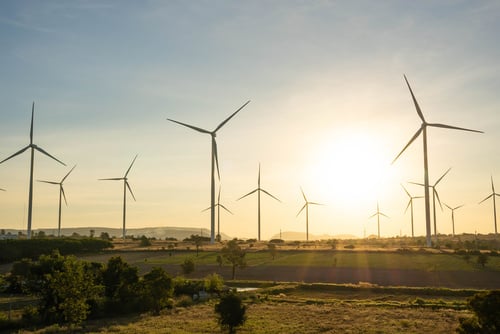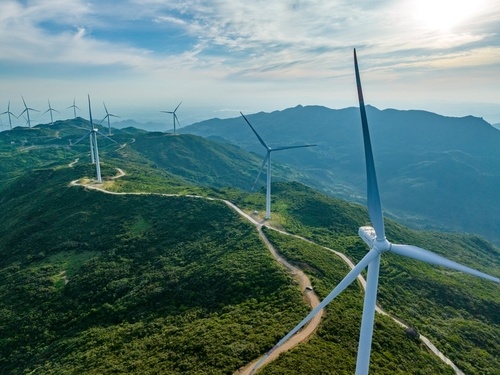Paris climate agreement
More countries ratify the agreement
Last week saw the greatest progress on the Paris Agreement since opening for signature back in April. On top of the 11 countries newly signing up to the agreement, 33 of the existing signatories have ratified the deal in the last few days, giving their total commitment to reducing greenhouse gas emissions in the long-term future.
Following this surge of activity on the agreement, countries accounting for 47.8% of global emissions have now pledged to limit the effects of climate change. Making up the bulk of this figure are the two nations that contribute the highest levels of global output – China (20.1%) and the USA (17.9%). Both of these superpowers ratified the agreement at the start of September, stressing the importance of committing to cleaner energy usage as soon as possible.
The leaders of both countries used the G20 summit in Hangzhou, China to urge other nations to also show their commitment to the agreement, with US President Barack Obama adding:
This is not a fight that any one country, no matter how powerful, can take alone.
The Agreement only comes into force if countries responsible for at least 55% of global emissions ratify the agreement. However, it looks likely that the target will be reached before the end of this year. India looks set to give their final approval in early October and, in the last week, Teresa May has pledged that procedures are underway for the UK to also make an announcement soon.
What is the Paris Agreement for?
Last December, representatives from 195 nations met in Paris to agree upon aims for combatting global climate change. One of the key points of the overall agreement focused on the emission of greenhouse gases – most notably huge quantities of carbon dioxide and methane. As these gases effectively trap heat inside the planet’s atmosphere, excessive use of fossil fuels over the years has caused an alarming rise in global temperatures.
Under the agreement, parties will commit to cutting emissions to keep global temperatures from rising higher than 2°C above pre-industrial levels. With that benchmark set, countries should actively pursue efforts to limit increases to 1.5°C above-average levels seen before the 1900s.
Greener technologies and alternative energy sources are essential to fostering environments where emissions are kept low. Our society has been making great strides in renewable energy solutions, introducing various methods of generating and storing energy, as well as looking towards revolutionising the transport sector’s dependence on traditional fuels.
To keep on top of the common goals, all member countries of the agreement will evaluate progress every 5 years. For us to see any long-term effects, governments around the world would likely need to work in cooperation with businesses, in order to actively pursue a low-carbon future. By implementing new energy regulations and even financial benefits, adoption of renewable gas and power is eventually expected to become the new standard.
How is the UK committed to it?
At the original conference, then-Prime Minister David Cameron proclaimed that the UK already leads the way in cutting emissions by continuing to implement innovative, greener energy solutions. As our renewable power infrastructure stabilises over the coming decade, it is intended that coal-fired power stations will ultimately be phased out by 2025.
However, more recently, Teresa May’s government has faced pressure from Labour opposition on officially clarifying the UK’s position on the Paris Agreement. Following the result of the EU referendum, the Shadow Energy Secretary, Barry Gardener, expressed concern that remaining tight-lipped on the deal could portray the UK as an inward-looking nation, stating:
I believe it is essential that you take this opportunity to demonstrate that the UK remains committed to playing its part on the global stage.
Speaking at the UN General Assembly last week, the Prime Minister confirmed that the UK will formally accept the Paris Agreement by the end of the year. She emphasised that domestic procedures would begin, allowing the country to ratify the deal as soon as possible.
The UK’s own domestic policies on renewable energy are further underpinned by the Climate Change Act 2008. This includes the implementation of so-called Carbon Budgets to cap emission levels across the country in the long term. In building a low-carbon economy for the future, the act commits to a target of reducing emissions across the whole of the UK by 2050 to at least 80% of levels seen in 1990.
With these goals in place, the UK not only hopes to comply with the aims of the Paris Agreement but also to be a global trendsetter in renewable energies.






